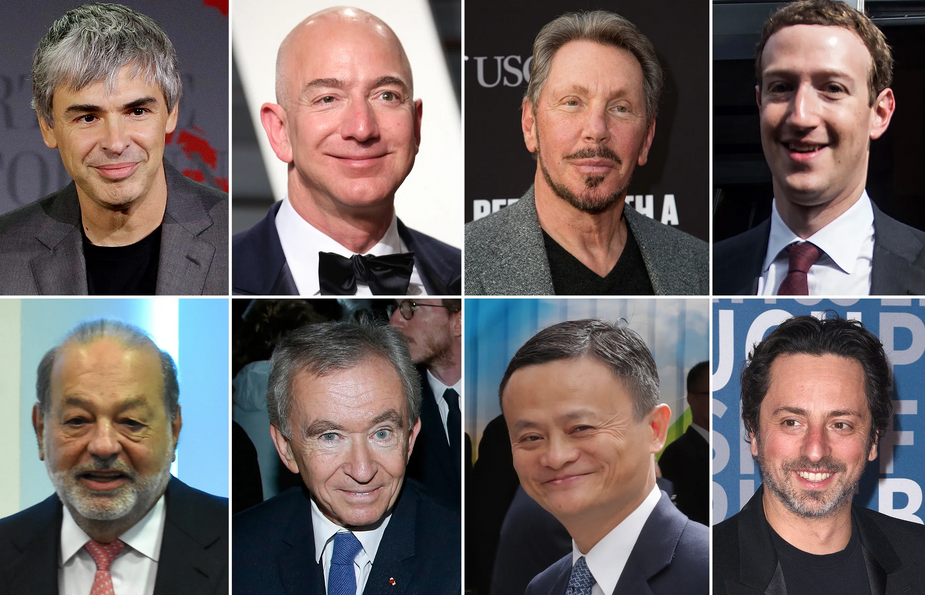The process of managing a business is riddled with various obstacles and hurdles, and at times, these challenges can become quite daunting. It is of utmost importance for businesses to possess the ability to identify the early indicators that suggest a significant requirement for business turnaround.

Neglecting these warning signs can result in severe repercussions, such as financial turmoil and even the eventual shutdown of the business. To avoid such outcomes, it is crucial to be aware of the early warning signs of underperformance and take corrective measures. By implementing practical and effective strategies for business turnaround, one can prevent from ever reaching a crisis point. STERLINGCOOPER.INFO provides turnaround services and its book has a section called: “Medicine for Troubled Companies”.
Six Early Signs that Indicate the Need for A Business Turnaround.
- Downward-sliding profits: A strong business is indicated by financial expansion. If your earnings have declined instead of increasing for five or more quarters in a row, this is a clear indicator of issues. Even if the numbers are flat, it should still be a red flag.
- Cash flow struggles:Having difficulty in meeting the financial obligations or depending on credit to meet your expenses indicates that the cash flow is not in good shape. If you find yourself accumulating debt to sustain your operations or cover deficits, it is a warning sign that the business might be facing difficulties. Even if you have a steady stream of business, constantly facing cash shortages, overdrafts, and bounced checks is a problem that needs business turnaround. While it is common to experience fluctuations in working capital, it should be manageable. If you don’t have an income or cash flow budget in place, it is a clear indication that the business is heading towards trouble.
- Lack of Innovation: If the business is not keeping up with the ever-evolving market trends and failing to introduce new ideas, it could result in a lack of growth and a decline in competitiveness. When you notice that the rivals are making progress and expanding their market share while your business is struggling, it’s a clear indication that there is a need for business turnaroundand make necessary adjustments to stay relevant and competitive in the industry.
- Poor Financial Management: Inadequate financial managementhabits, like neglecting to maintain precise records or overlooking expense monitoring, have the potential to result in financial difficulties. Disregarding crucial financial ratios such as the current ratio or debt-to-equity ratio may obscure fundamental financial issues.
- Legal or Regulatory Issues:Neglecting to adhere to legal or regulatory obligations can result in financial penalties or even legal proceedings, both of which can place additional strain on the resources of your business. It is crucial to prioritize compliance in order to avoid these potential consequences and safeguard the stability and prosperity of your organization.
- Resistance to Change: Beingresistant to change or refusing to adapt to new market conditions can pose a significant obstacle to the success and growth of any business. It is crucial for businesses to remain flexible and open to evolving trends in order to stay competitive and meet the ever-changing needs of customers. Failure to embrace change can result in missed opportunities, decreased efficiency, and ultimately, stagnation in the market. It is important for business owners to recognize the importance of adaptation and be willing to make necessary business turnarounds in order to thrive in today’s dynamic environment.
Conclusion
Early detection of these signs through vigilance allows for proactive steps to avert a major crisis in your business. Additionally, seeking guidance from a skilled business consultant or financial advisor can offer you invaluable perspectives and effective strategies for business turnaround. Always keep in mind that it’s never too late to implement constructive changes and guide your business towards a prosperous future.
Sterling Cooper, Inc is a business acquisition advisory and management consultant company in the USA having decades of experience in corporate turnaround strategies. From emerging startups to established enterprises, Sterling Cooper’s tailored approach fosters innovation, efficiency, and market leadership. Our seasoned team leverages a meticulous selection process, financial acumen, and industry expertise to seamlessly integrate acquired entities into a cohesive and dynamic portfolio. For business inquiry fill our short feedback form or call us at our Toll-Free Number 1-866-285-6572.






























